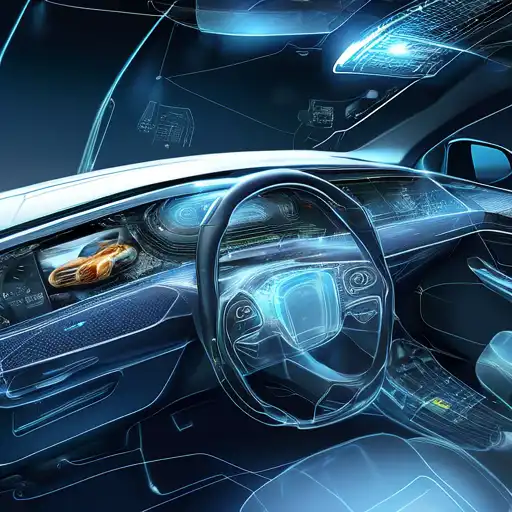Introduction to Embedded Systems in Automotive
Embedded systems have become the backbone of modern automotive engineering, driving innovations that enhance safety, efficiency, and user experience. These specialized computing systems are designed to perform dedicated functions within larger mechanical or electrical systems, making them indispensable in today's vehicles.
The Role of Embedded Systems in Enhancing Automotive Safety
Safety is paramount in the automotive industry, and embedded systems play a critical role in achieving it. From anti-lock braking systems (ABS) to electronic stability control (ESC), these systems ensure that vehicles respond optimally to driver inputs and road conditions, significantly reducing the risk of accidents.
- Anti-lock Braking Systems (ABS): Prevent wheel lock-up during braking, maintaining tractive contact with the road.
- Electronic Stability Control (ESC): Helps prevent skidding and loss of control by automatically applying brakes to individual wheels.
- Advanced Driver-Assistance Systems (ADAS): Incorporate features like lane departure warnings and adaptive cruise control to enhance safety.
Innovations Driven by Embedded Systems
Beyond safety, embedded systems are at the heart of automotive innovation. They enable features such as infotainment systems, navigation, and even autonomous driving technologies. These advancements not only improve the driving experience but also pave the way for the future of transportation.
For instance, smart vehicles rely heavily on embedded systems for real-time data processing and decision-making, essential for autonomous operations. Similarly, electric vehicles (EVs) use these systems to manage battery life and efficiency, showcasing the versatility of embedded technology.
Challenges and Future Directions
Despite their benefits, the integration of embedded systems in automotive applications presents challenges, including cybersecurity risks and the need for continuous software updates. However, the industry is addressing these issues through advancements in secure coding practices and over-the-air (OTA) update capabilities.
Looking ahead, the evolution of embedded systems promises even greater innovations, such as vehicle-to-everything (V2X) communication, which could revolutionize traffic management and reduce accidents further.
Conclusion
Embedded systems are transforming the automotive industry, making vehicles safer, smarter, and more efficient. As technology advances, we can expect these systems to play an even more significant role in shaping the future of transportation. For those interested in the intersection of technology and automotive, the journey is just beginning.
